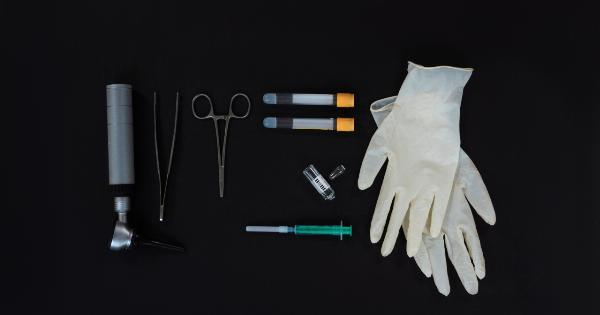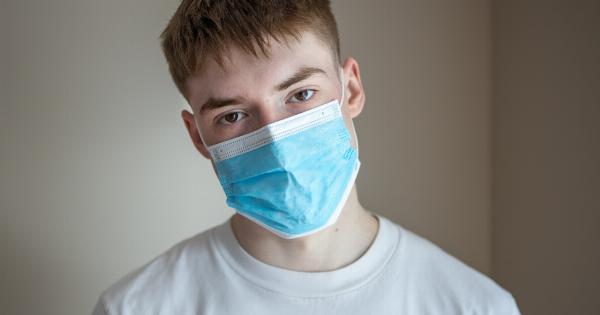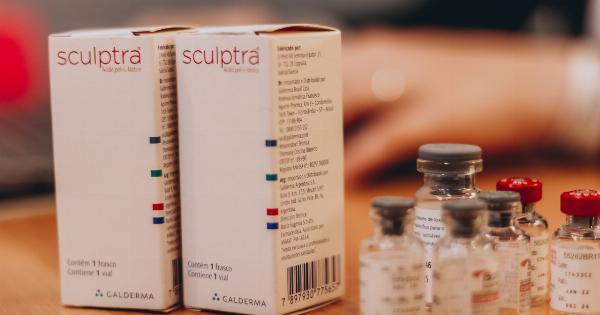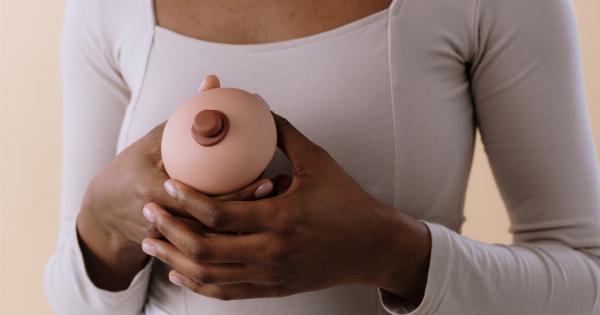Mastectomy is a surgical procedure that involves the removal of one or both breasts to treat breast cancer or reduce the risk of developing it.
While this procedure can be life-saving, it can also have a significant impact on a woman’s self-esteem and body image. Fortunately, advancements in reconstructive surgery have made it possible to restore breasts using autologous tissues, which can greatly improve a woman’s quality of life after mastectomy.
Understanding Autologous Tissue Breast Reconstruction
Autologous tissue breast reconstruction, also known as autogenous or flap reconstruction, involves using a woman’s own tissues to rebuild the breast.
These tissues can be taken from various parts of the body, such as the abdomen, buttocks, or thighs. The advantage of this procedure is that it provides a more natural-looking and feeling breast compared to implants.
The Different Types of Flap Reconstruction
There are several techniques for autologous tissue breast reconstruction, including:.
1. Transverse Rectus Abdominis Musculocutaneous (TRAM) Flap: This procedure uses tissue from the lower abdomen and is ideal for women who desire a flatter abdomen after mastectomy.
The tissue is transferred along with its blood vessels to the chest to reconstruct the breast.
2. Deep Inferior Epigastric Perforator (DIEP) Flap: Similar to a TRAM flap, but it doesn’t involve removing the abdominal muscle. Only the skin and fat are used to reconstruct the breast, resulting in a quicker recovery.
3. Gluteal Free Flap: This technique uses tissue from the buttocks and is an option for women who prefer not to use abdominal tissues. Fat and skin are transferred to the chest and blood vessels are carefully reattached.
4. Transverse Upper Gracilis (TUG) Flap: Tissue from the inner thigh is used in this procedure. It is a good alternative for women who do not have sufficient abdominal or buttock tissue for reconstruction.
5. Latissimus Dorsi Flap: This technique uses muscle, fat, and skin from the upper back to reconstruct the breast. It is often combined with a breast implant to provide additional volume if needed.
The Benefits of Autologous Tissue Breast Reconstruction
There are several advantages to choosing autologous tissue breast reconstruction:.
1. Natural Look and Feel: Using a woman’s own tissues allows for a more natural-looking and feeling breast. It closely matches the texture and consistency of the original breast.
2. Long-Term Results: Autologous tissue reconstruction typically provides longer-lasting results compared to implants. The reconstructed breast will age naturally and change along with the rest of the body.
3. Improved Body Contour: The use of autologous tissues allows for reshaping other parts of the body, such as the abdomen or buttocks, resulting in an improved overall body contour.
4. Reduced Risk of Complications: Autologous tissue breast reconstruction has a lower risk of complications compared to implant-based reconstruction. It also eliminates the need for implant-related concerns such as rupture or capsular contracture.
Candidacy and Considerations
Not all women are suitable candidates for autologous tissue breast reconstruction. Factors that may affect eligibility include:.
1. Age and General Health: The overall health and age of the patient play a role in determining candidacy. Certain underlying medical conditions may increase surgical risks.
2. Body Shape and Size: The availability of suitable tissues in different areas of the body can impact candidacy. Some women may not have enough excess tissue in the desired areas.
3. Smoking and Healing: Smoking can impair the healing process, increasing the risk of complications. Candidates are often advised to quit smoking before undergoing the procedure.
Recovery and Follow-Up Care
Recovery after autologous tissue breast reconstruction varies depending on the technique used. Generally, patients can expect some pain and discomfort in the initial weeks.
A surgical drain may be placed to remove excess fluid and reduce the risk of complications.
Follow-up care involves regular visits to the surgeon for monitoring and evaluation.
The reconstructed breast will continue to settle and change over time, and additional procedures such as nipple reconstruction or tattooing may be performed to further enhance the appearance.
Potential Risks and Complications
Although autologous tissue breast reconstruction is generally safe, there are potential risks and complications that may arise, including:.
1. Infection: As with any surgical procedure, there is a risk of developing an infection at the surgical site.
2. Tissue Loss: In rare cases, the transferred tissue may not receive adequate blood supply, leading to partial or complete tissue loss. This risk can be minimized by choosing an experienced surgeon.
3. Scarring: While efforts are made to minimize scarring, some degree of scarring is inevitable. These scars will fade over time but may remain visible.
4. Changes in Sensation: Nerve damage during the procedure can lead to temporary or permanent changes in sensation in the reconstructed breast or donor site.
Conclusion
Autologous tissue breast reconstruction offers a highly effective option for restoring the breasts after mastectomy. It provides women with a more natural-looking and feeling breast, helping to improve their self-esteem and body image.
By understanding the different techniques, benefits, and considerations involved, women can make an informed decision about this transformative procedure.





















